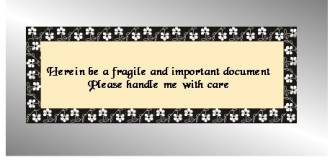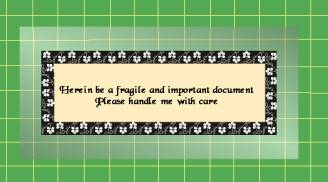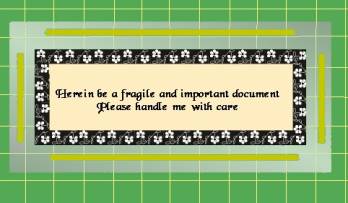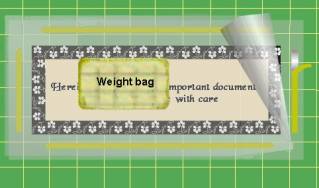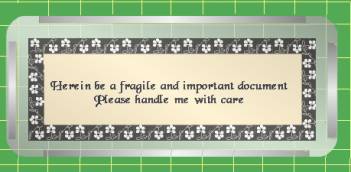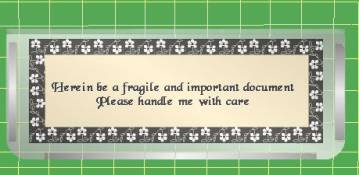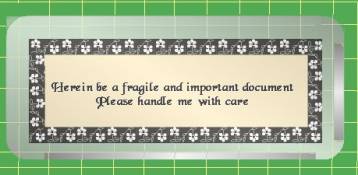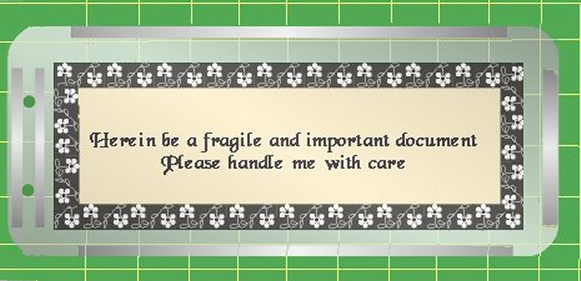Many years ago, the conservation world thought that lamination was a viable conservation method. Lamination would protect documents from rough treatment and hold fragile items together for posterity. Alas, the conservation world discovered that the very act of laminating a document did more harm than good and that lamination is not actually permanent. Over time, the layers delaminate, and the document inside slithers out as dust.
Today, the conservation world is much more wary of doing anything permanent or non-reversible to an archival or historic document. Instead of laminating, we now encapsulate.
Encapsulation protects documents from rough treatment and holds fragile items together, but it is also reversible and does not harm the document with use of heat or adhesives.
Encapsulation consists of enveloping a document between two clear pieces of polyester. The edges of the polyester are then sealed or attached together. There are several methods of attaining this – ultrasonic welders, heat welders which touch only the very outside edges of the polyester, double-sided tape, and even sewing. The document itself is held in place by the electrostatic charge created by the two pieces of polyester.
Encapsulation is best used when a fragile document is going to be handled often. The polyester supports the document and protects it from fingerprints, crumpling, and other dangers of being handled. Encapsulation is not a fix-all, nor is it necessarily the best storage solution for all documents.
Encapsulation is entirely reversible; one needs only to slice the edges of the polyester to free the document, and the acid-free polyester will cause no damage. However the static charge can be a problem. Any document with a friable media, such as pencil, charcoal, pastels, colored pencil, etc. can have the media lifted straight off the page when in contact with encapsulating polyester. If a document contains any friable media, it is best to use a permanent paper folder rather than encapsulating it.
Encapsulation also can cause a mini-greenhouse effect if the document is stored in hot, humid conditions or in conditions that rapidly change in temperature and humidity. Encapsulation can accelerate the damage caused by acids inherent in the document, so it is advisable to deacidify items to be encapsulated or to back single sided items with buffered tissue. However colored paper and most colored inks, whether they be printer’s inks or writing inks, will be discolored by the buffer contained in deacidification spray or on buffered tissue. A non-colored paper document with colored ink on only one side will be fine if buffered tissue is laid against the back.
Encapsulation can be done at home for family documents. It is not recommended for photographs. Encapsulation can also be used to protect such ephemera as locks of hair, dried flowers, coins, and the like.
To encapsulate a document using double sided tape
Double sided tape can be used to encapsulate a document. The tape does not touch the document, so acids from the tape’s adhesive will not discolor the item. Still, it is best to buy high quality double sided tape.
Materials needed:
- Polyester encapsulating material
- Cutting mat
- Utility knife
- Scissors (optional)
- Straight edge
- Double sided tape – preferably ¼ inch
- Weight bag
- Corner rounder (optional)




